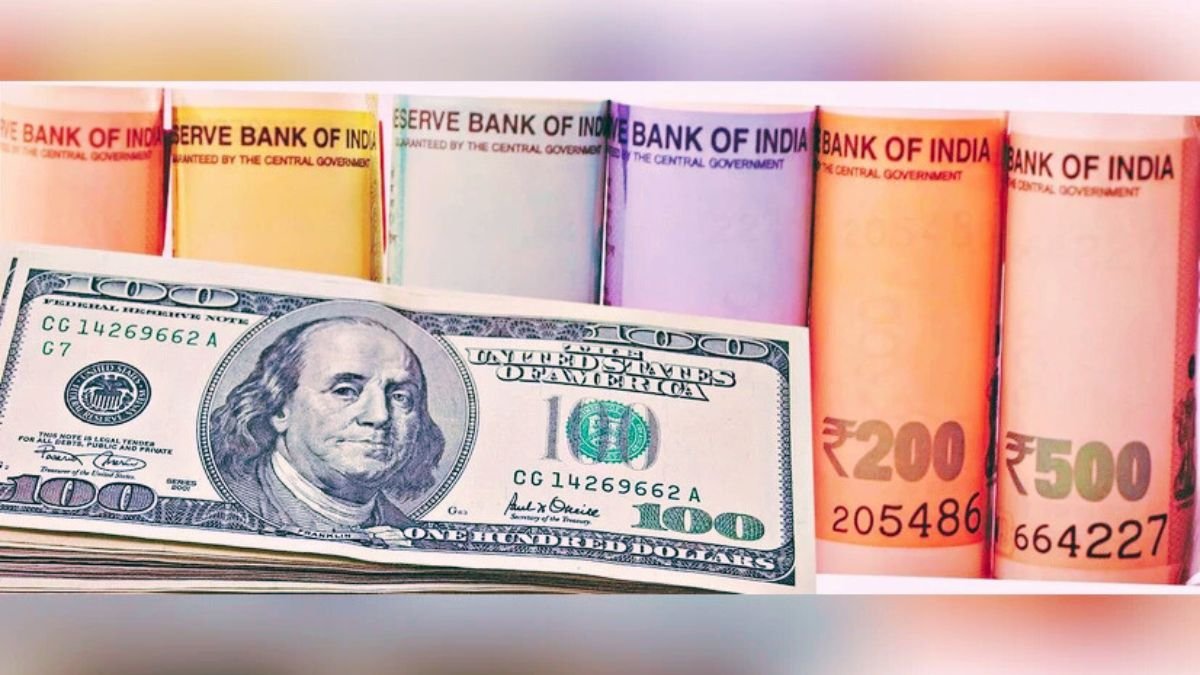Dollar Stumbles as Weak Jobs Report and Political Turmoil Fuel Fed Rate Cut Bets
The greenback stabilized Monday but remains under severe pressure following dismal employment figures and President Trump's ousting of a key statistics official, sending Treasury yields tumbling.

The U.S. dollar found a tentative footing on Monday, attempting to recover from a brutal sell-off late last week. The currency was hit by a double blow of a surprisingly weak U.S. jobs report and a political shake-up in Washington, which together have led investors to aggressively price in imminent interest rate cuts from the Federal Reserve.
The turmoil began on Friday with the release of the U.S. employment report. While the headline number for July already undershot expectations, the real shock came from massive downward revisions to the previous two months. A staggering 258,000 jobs were wiped from the May and June counts, painting a picture of a rapidly deteriorating labor market.
“The report itself was perhaps not that weak but the revisions were extremely significant,” noted Mohamad Al-Saraf, an FX strategist at Danske Bank. “We have a hard time seeing how the Fed cannot lower rates at the September meeting.”
The economic data was not the only headwind. Adding to market uncertainty, President Donald Trump fired Bureau of Labor Statistics (BLS) Commissioner Erika McEntarfer on the same day, accusing her of manipulating the jobs data. This was compounded by the unexpected resignation of Fed Governor Adriana Kugler, giving the President, a vocal critic of the central bank’s recent policy, an opportunity to fill two key vacancies. Trump announced on Sunday that he would name his candidates in the coming days.
This barrage of news sent the dollar tumbling. On Friday alone, the greenback plunged over 2% against the Japanese yen and roughly 1.5% against the euro.
By Monday, some calm had returned to the markets. The dollar index (DXY), which measures the greenback against a basket of six major currencies, was little changed at 98.70 after its 1.3% slide on Friday.
The dollar was flat against the yen at 147.47, though this was still more than 3 yen below its peak on Friday.
The euro (EUR/USD) held steady at $1.1584.
Sterling (GBP/USD) edged 0.2% higher to $1.3310.
The dollar’s sharp downturn marks a dramatic reversal from its performance in July, when it posted a 3.4% gain—its strongest month since April 2022.
Treasury Yields Plunge as Fed Cut Bets Mount
The clearest signal of shifting market sentiment came from the U.S. Treasury market. As investors rushed to bet on Fed easing, bond yields fell sharply.
The policy-sensitive two-year Treasury yield dropped to a three-month low of 3.659% on Monday. The benchmark 10-year yield also hovered near a one-month low at 4.2257%.
“Market reactions to Friday night’s events were swift and decisive,” said Tony Sycamore, a market analyst at IG. “Equities and the U.S. dollar tumbled, along with yields.”
According to market pricing, the probability of the Fed cutting rates by a quarter-point at its September meeting has now surged to over 90%. Traders are forecasting nearly 60 basis points of cuts by the end of the year, implying at least two rate reductions with a strong possibility of a third.
Swiss Franc Weakens on New Tariff Threats
In a separate development, the dollar strengthened against the Swiss franc, climbing over 0.4%. The move came after the White House hit Switzerland with some of its highest tariffs as part of a global trade reset. The euro also gained 0.4% against the franc.
“We saw the franc weakening a lot after the announcement,” said Danske Bank’s Al-Saraf. “If these tariffs were to be sustained, the relative downside for the Swiss economy will be quite big.”
The Swiss cabinet is scheduled to hold a special meeting to discuss its response, stating that it remains open to revising its trade offer to the United States.






